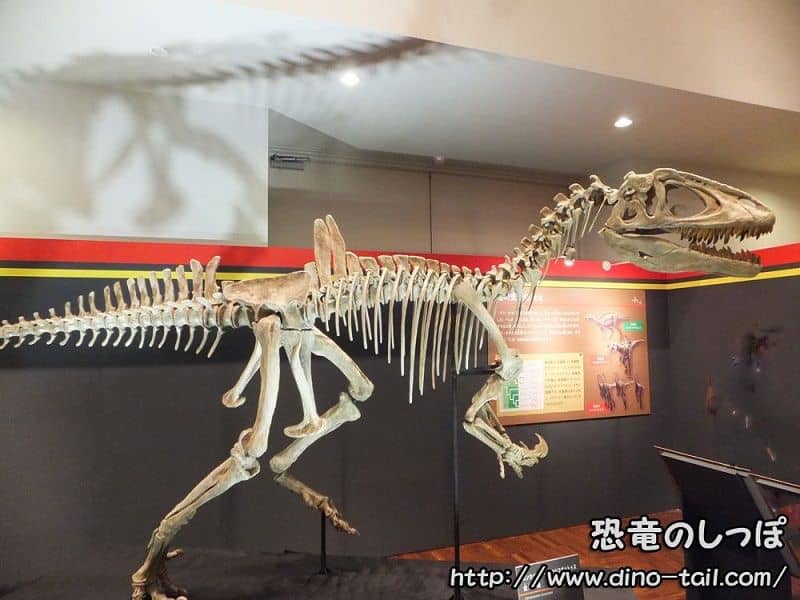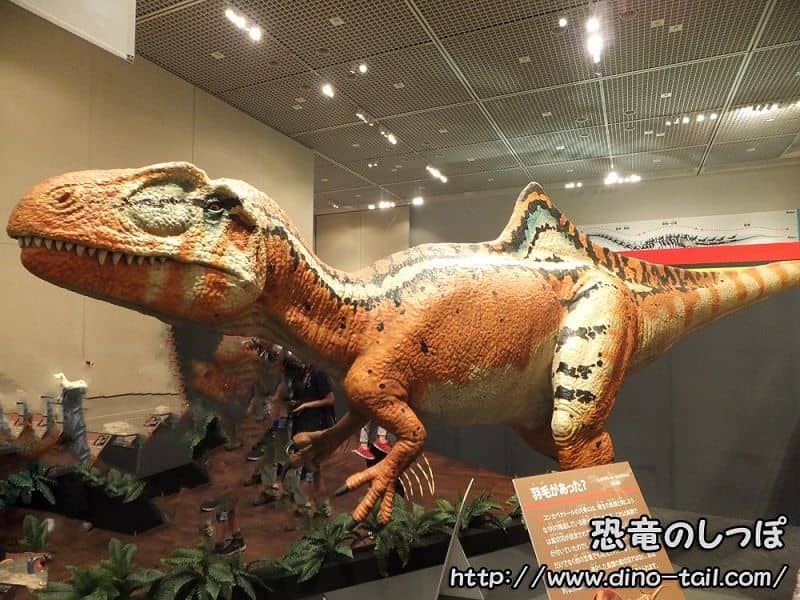About Concavenator
| Scientific Name (Genus) | Concavenator |
| Meaning of Name |
Hunter from Cuenca
Cuenca (a province in Spain) [Place Name] - vēnātor (hunter) [Latin] |
| Classification | Saurischia, Theropoda (Tetanurae, Allosauroidea) |
| Total Length | Approx. 6m |
| Diet | Carnivorous |
| Period | Early Cretaceous (approx. 125 million years ago) |
| Species | Concavenator corcovatus |
| Year of Paper Publication | 2010 |
| Genus Name Publication | Ortega, F.; Escaso, F.; Sanz, J.L. (2010). A bizarre, humped Carcharodontosauria (Theropoda) from the Lower Cretaceous of Spain. Nature, 467(7312), 203–206. |
Characteristics
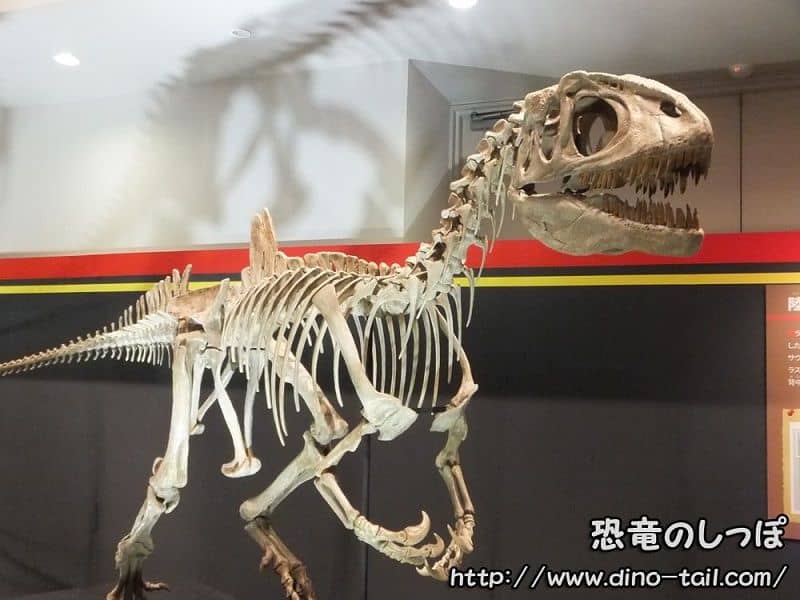
Concavenator was discovered in a nearly complete state of preservation at Las Hoyas, Spain. It belongs to the suborder Theropoda.
The name means "humped hunter from Cuenca," after the Spanish province where it was found.
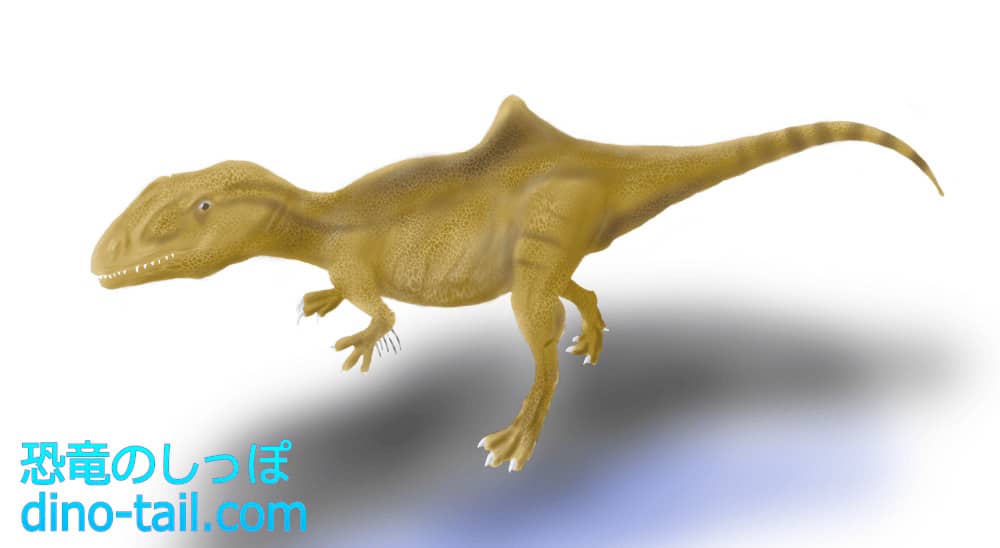
Concavenator was about 6m long and was an unusual dinosaur with a hump-like structure on its lower back.
It had a total of 13 dorsal (back) vertebrae, which were found fully articulated. The neural spines of the last two dorsal vertebrae (the 11th and 12th) were extremely elongated, more than twice the length of the 10th dorsal vertebra. Several theories have been proposed for the purpose of this strange structure.
- Display Theory: This theory suggests it was an organ for "show," used to identify members of its species or for courtship. It might have been covered in skin and brightly colored in life.
- Thermoregulation Theory: This idea proposes that, like a camel's hump, it stored fat to conserve energy or to help maintain a constant body temperature.
Currently, there is no consensus on which theory is correct, but it is certain that this unique hump played an important role in the ecology of Concavenator.
Its hind limbs were completely preserved, although disarticulated. The right hind limb also preserved some soft tissue from the skin.
It belongs to the Carcharodontosauridae family within the Allosauroidea superfamily.
Feather Traces on the Arms? An Unexpected Link to Birds
A detailed examination of the Concavenator fossil revealed a series of small, knob-like bumps on the ulna (a bone in the forearm). This structure is known as a "quill knob," and in modern birds, it serves to anchor the shafts of large feathers, like flight feathers, to the bone.
This discovery suggests the possibility that Concavenator had primitive feathers, or similar structures, attached to its arms. Of course, Concavenator could not fly, but these feather-like structures might have been used for courtship displays or to protect its arms.
A Matter of Debate: Some researchers have questioned whether these bumps are truly quill knobs, and the debate is ongoing. However, if they are indeed traces of feathers, they would be among the earliest evidence for the presence of feathers in the lineage of large carnivorous dinosaurs like Carcharodontosaurs, making them extremely important for understanding dinosaur evolution.
Las Hoyas in the Cretaceous
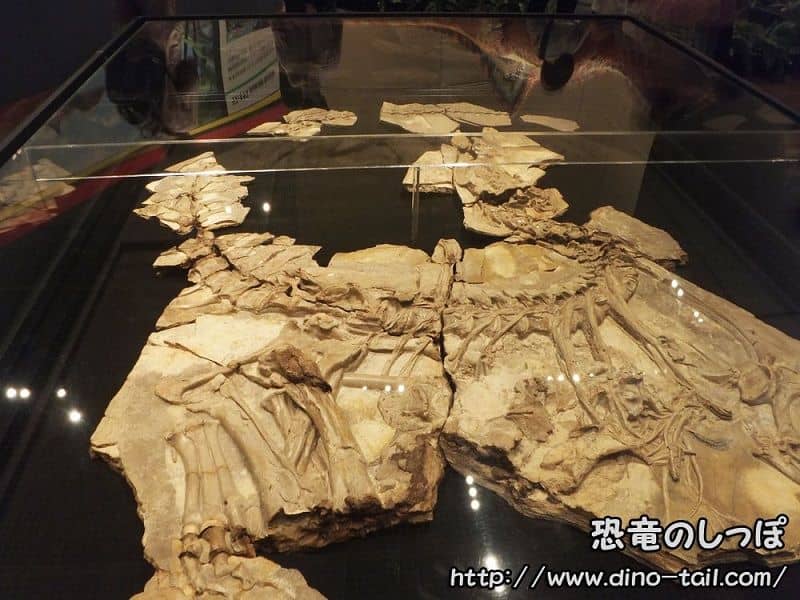
During the Early Cretaceous (about 125 million years ago), when Concavenator lived, Las Hoyas is thought to have been a subtropical wetland. A diverse range of fossils has been discovered there, primarily aquatic life such as shrimp, crocodyliforms, and fish, as well as insects, lizards, and birds.
If this area was the territory of the large theropod Concavenator, it would have been near the top of the ecosystem.
Concavenator Stamp & Fossil Gallery
